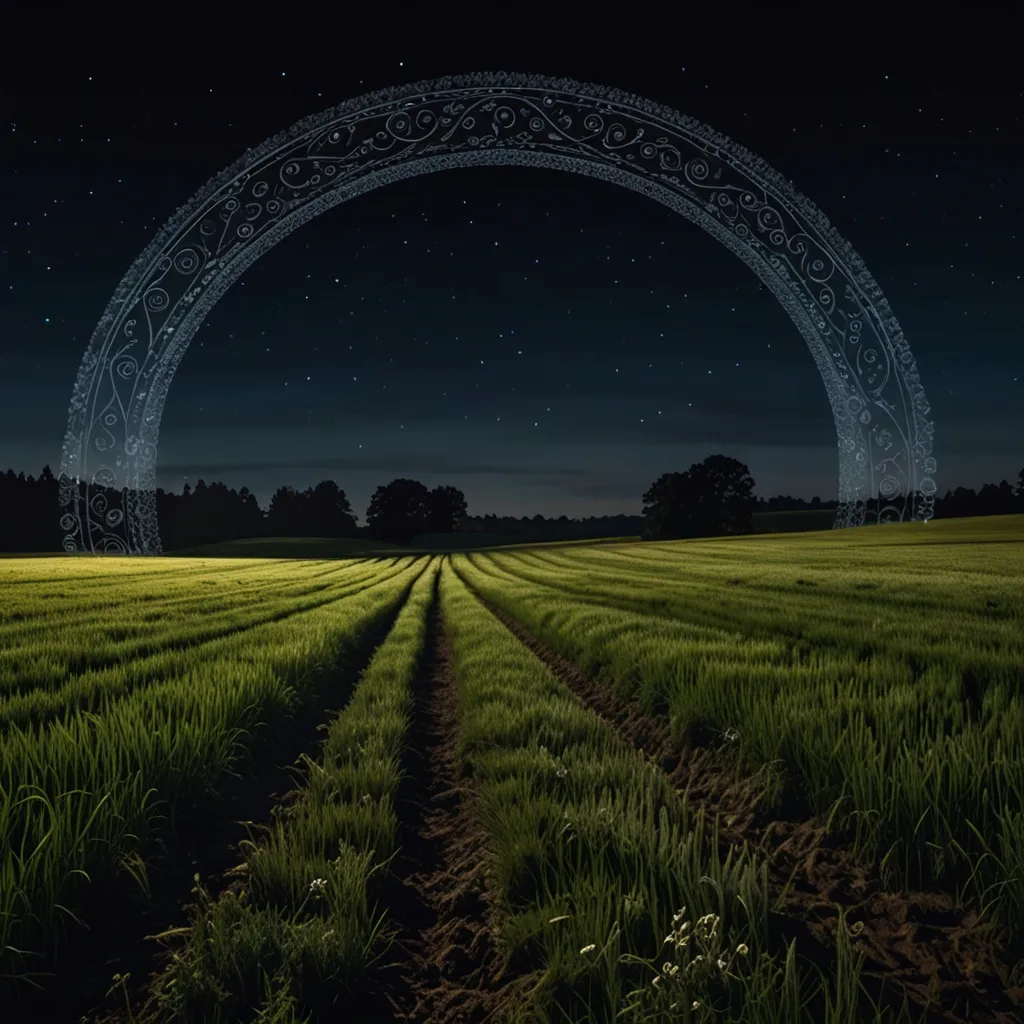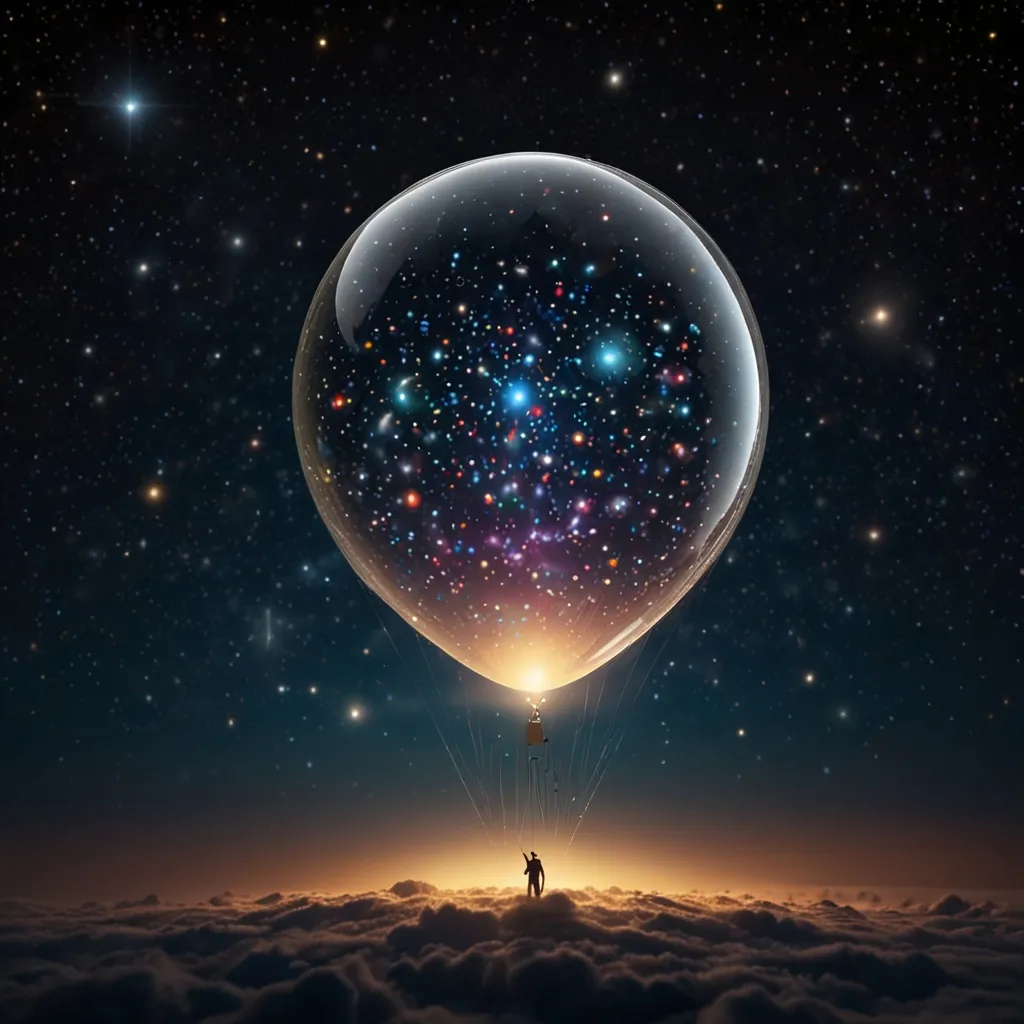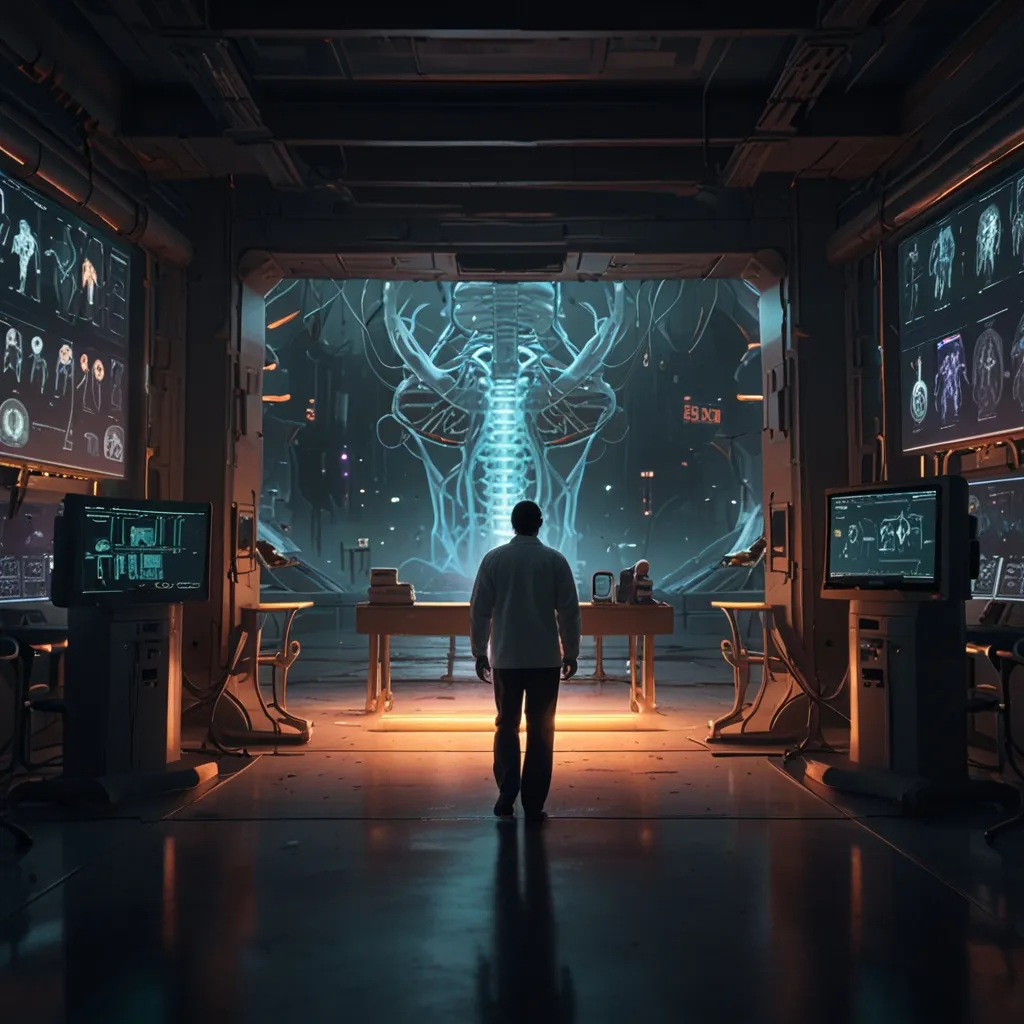Crop Circles: Art, Aliens, or Pranks?
The allure of crop circles has captivated imaginations worldwide. These enigmatic patterns attract tourists and have inspired tales of alien visitors, intricate mathematical formulas, and plenty of conspiracy theories. But what’s really behind these elaborate designs?
The crop circle phenomenon dates back to 1966 in Tully, Australia. A farmer reported seeing a flying saucer ascend from his field, leaving behind a circular pattern in his crops. This incident launched the idea that perhaps these patterns were messages from extraterrestrial beings.
Fast forward to the 1970s when modern crop circles began appearing, albeit in simpler forms that could be easily dismissed as natural occurrences, like dust devils. However, the game changed in 1996. Near Stonehenge, England, a crop circle emerged that looked nothing like the crude shapes of the past. It was a complex fractal pattern, suggesting intentional design and intelligence. According to witnesses, the intricate shape appeared in less than an hour, fueling the fire of alien theories.
So, why do so many believe these patterns are made by visitors from another world? Let’s look at the common features of crop circles: they are typically circular, appear overnight, and most frequently show up in the United Kingdom near public roads. But does that point to aliens, or could it be something more mundane?
Back to the origin story in Australia: further investigation revealed the circle was likely formed by a waterspout or dust devil, but the public was infatuated with the alien narrative and clung to it. The fractal crop circle from 1996? Turns out, a group of pranksters confessed they had created it over several hours the previous night.
In 1991, two men admitted to making crop circles for decades, starting with inspiration from the original 1966 UFO incident. Yet, they didn’t claim responsibility for every crop circle, leaving some mystery intact and the alien theory still alive.
Then, in 2013, croppie Matthew Williams retired (due to hay fever, of all things) and crop circle appearances sharply declined. This suggests that humans, not aliens, were primarily behind these intricate designs all along. Williams even criticized the new generation of crop circle creators for their poor quality, indicating that maintaining these artistic pranks required a certain level of skill.
Creating crop circles doesn’t require advanced technology; just some wooden planks, ropes, a bit of creativity, and the cover of night. They are much like urban graffiti, executed with careful planning and designed to amaze or confuse. These works of farmland graffiti demand more effort and stealth to avoid detection, but at the end of the day, they are human-made.
So, no aliens here. Just a few imaginative folks with a flair for nighttime artistry, sneaking onto fields to leave their mark before sunrise. Crop circles are intriguing, often beautiful, but they’re not extraterrestrial messages—just the result of some very talented pranksters.





